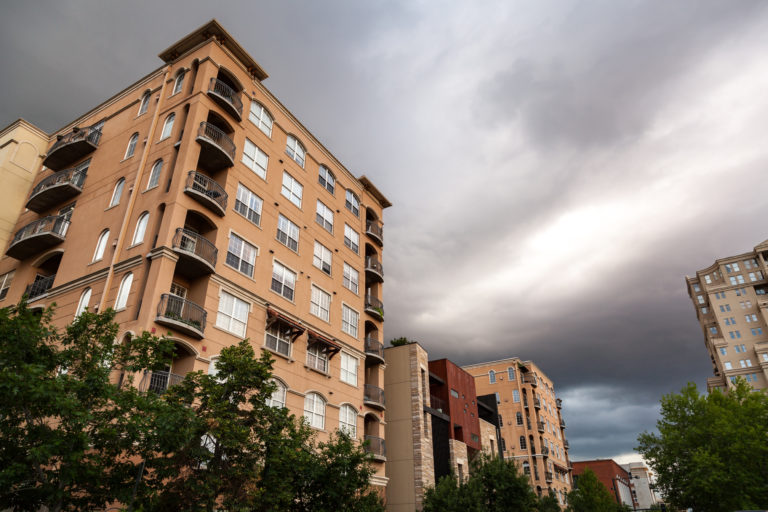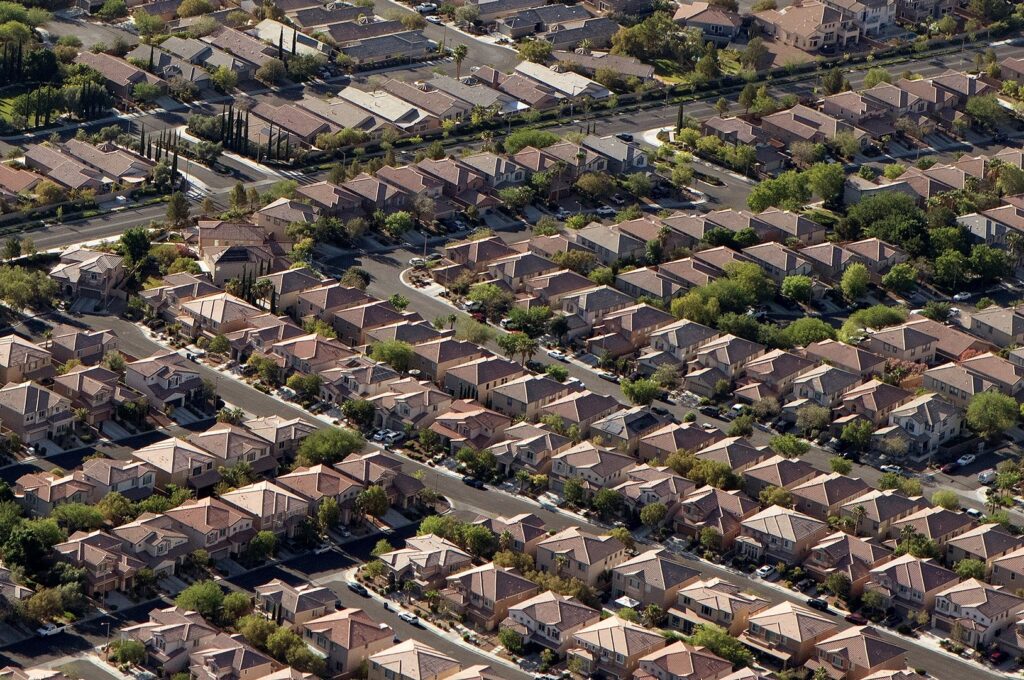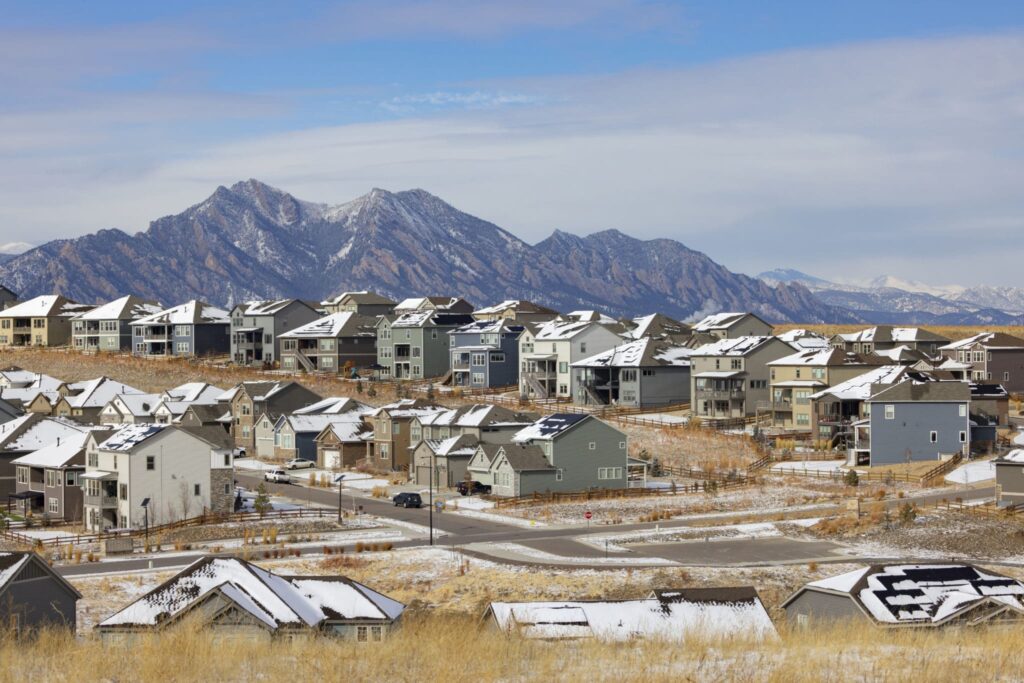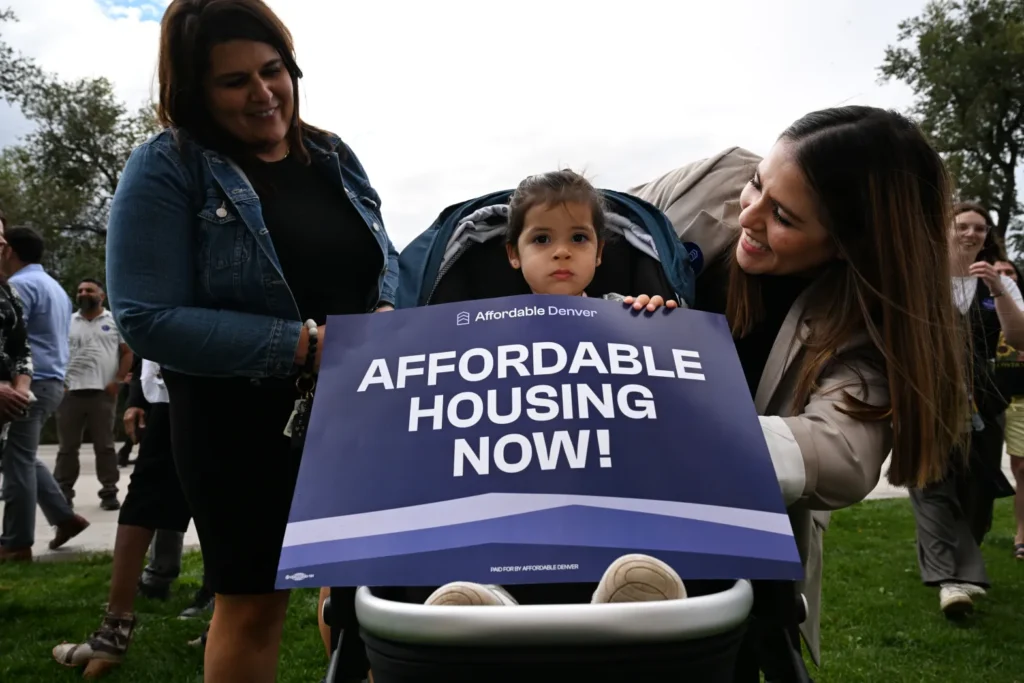
Colorado Apartment Association President Terry Simone explains why rent control is wrong for Boulder.
The solution to Boulder’s housing shortage is more multifamily housing and the policies necessary to encourage it — not price fixing. In addition to better affordability provided by greater density, multifamily is better for the environment and quality of life. By putting people closer to where they want to be, it serves to reduce traffic commute times and congestion.
Unfortunately, the current political and geographic reality in Boulder does not align with affordable housing. The city is ringed by the natural and policy barriers of the mountains and the greenbelt. Within those walls, Boulder citizens have elected low-height, low-density, and controlled development policies. The result is predictable — a congestion of workers commuting to and from surrounding areas where housing units are more abundant and more affordable.
Housing affordability is not a new problem for Boulder. According the Joint Center for Housing Studies at Harvard University, Boulder’s housing stock has always been more expensive than the rest of the state. Currently, the median home price to median income ratio in Boulder is 7.08, significantly higher than Denver, at 5.62.
The cause of high prices in Boulder is a lack of supply. In the past five years, the Boulder/Broomfield County apartment inventory has grown an average of 2.7% per year, while Denver County grew at 4.52% per year. This leads to increased rents as old and new residents bid for an increasingly scarce commodity of housing units. This is also happening up and down the Front Range, but to a lesser extent.
Read more here.




